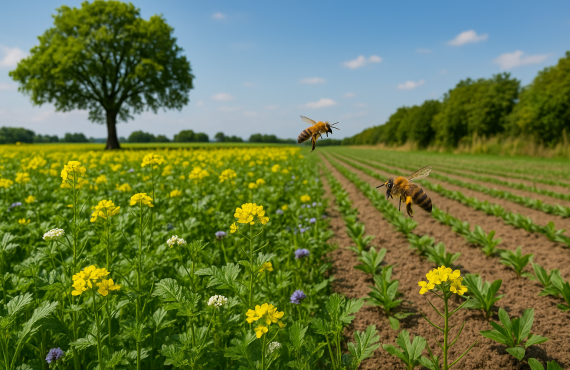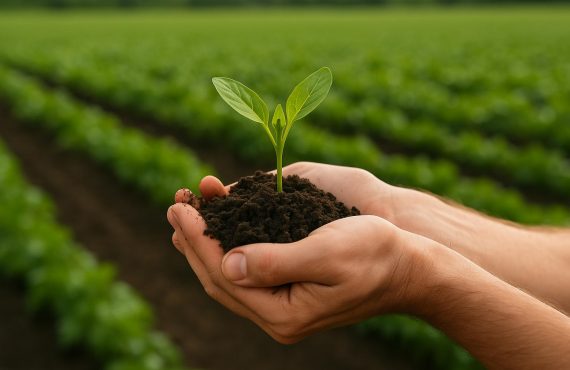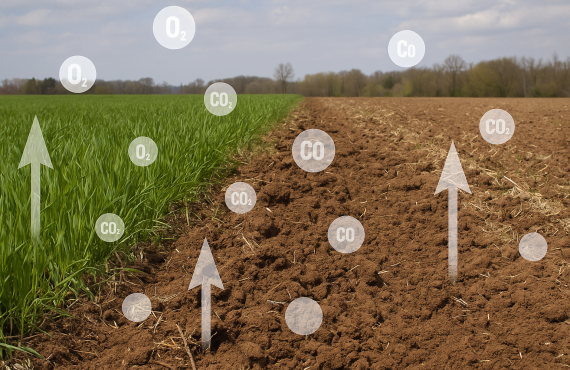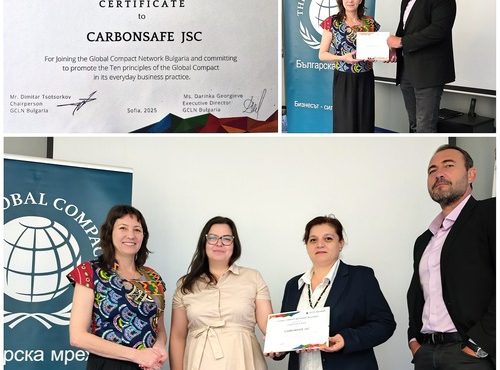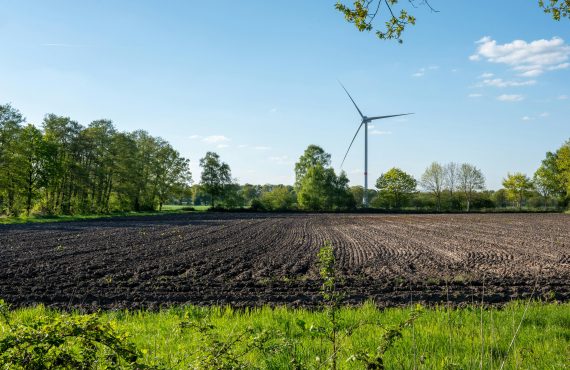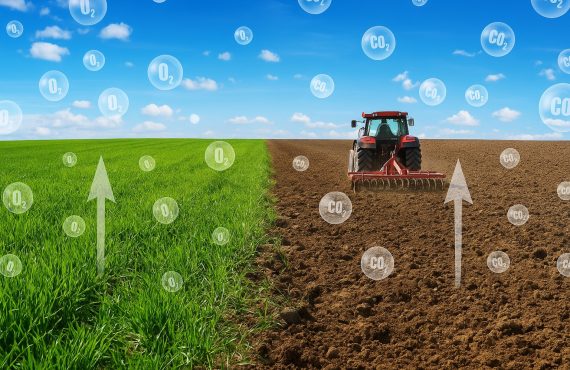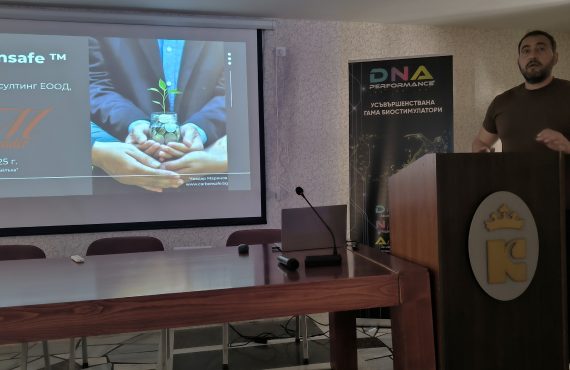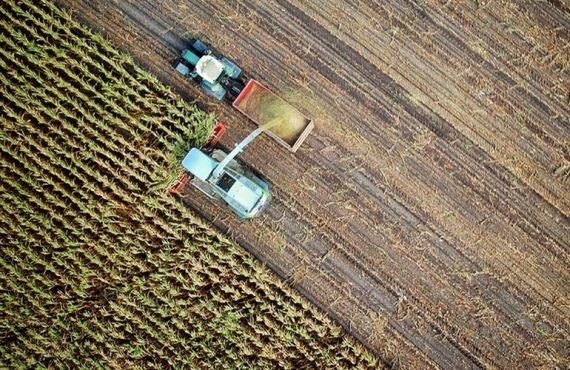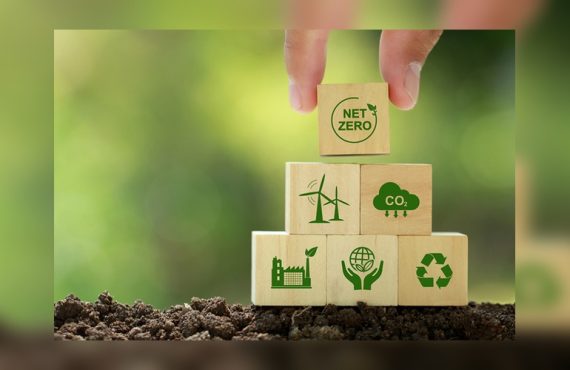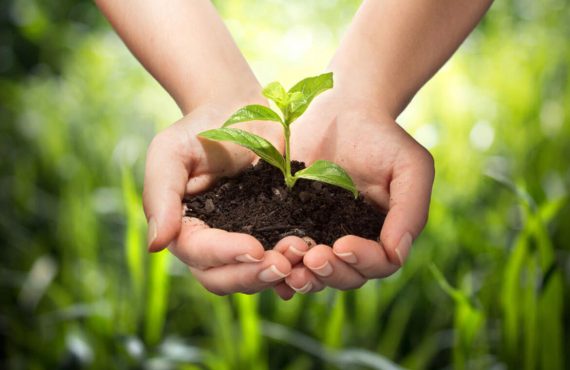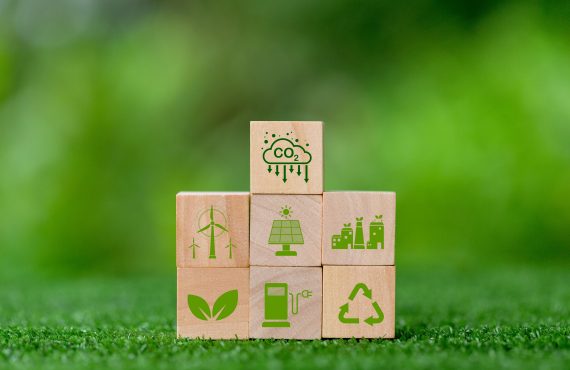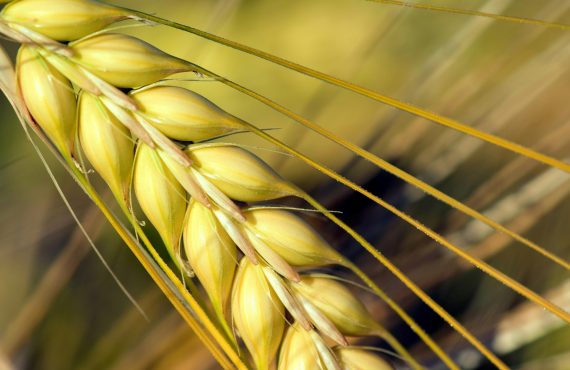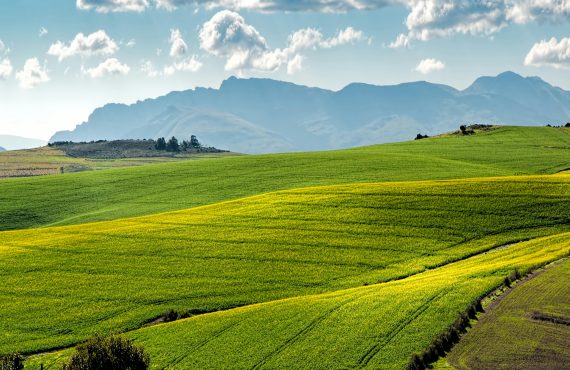When we think of climate solutions, soil might not be the first thing that comes to mind. Yet, soil organic carbon (SOC) sequestration is emerging as one of the most powerful tools in our fight against climate change. Here’s why:
The Science Behind SOC Sequestration
SOC sequestration occurs when plants absorb CO₂ from the atmosphere during photosynthesis, and the carbon is stored in the soil through roots, plant residues, and microorganisms. This process not only reduces atmospheric carbon but also improves soil health, creating a win-win for the environment and agriculture.
Why SOC Sequestration Matters
🌍 Climate Action: SOC sequestration has the potential to remove significant amounts of CO₂ from the atmosphere. It’s a natural, scalable solution to mitigate climate change.
🌾 Soil Health: Storing more carbon in the soil boosts fertility, water retention, and resilience to extreme weather, directly benefiting farmers.
📊 Carbon Credits: Verified SOC sequestration projects, like those developed by Carbonsafe, create high-quality carbon credits that contribute to global net-zero goals.
Carbonsafe’s Unique Approach
We are taking SOC sequestration to the next level with a commitment to:
🔬 Scientific Rigor: Our projects use 100% soil sampling, ensuring precise measurement and verification of carbon stored in the soil.
🌱 Farmer Partnerships: We work directly with farmers, empowering them with tools, resources, and financial incentives to adopt sustainable practices.
🌍 Global Impact: Every carbon credit we produce represents measurable climate action, registered transparently with the Balkan Carbon Credits Registry (BCCR).
SOC: A Key to Net-Zero Goals
As industries seek to align with ESG targets and net-zero commitments, SOC sequestration offers a pathway to achieve tangible results while supporting local communities. By investing in high-quality SOC credits, businesses can contribute to global climate resilience and sustainable agriculture.
💡 Did You Know?
Soil stores more carbon than the atmosphere and all plant life combined. With around 1 500 billion tonnes of carbon found in the organic matter in soil worldwide, soils are the second largest active store of carbon after the oceans (40 000 billion tonnes). There is more carbon stored in soil than in the atmosphere (760 billion tonnes) and in vegetation (560 billion tonnes) combined. This hidden hero deserves its place in climate action plans.



